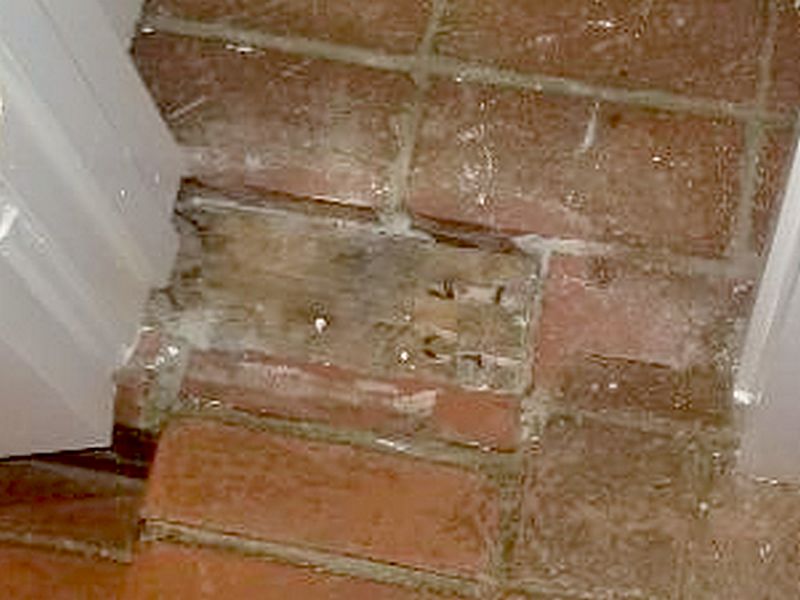In this Component we are inspecting the interior floor coverings, rather than the underlying support covered in “Structural – Floors.” While flooring is generally outside of the scope of most SOPs, we do want to report on certain defects. Some indicate an ongoing condition that will create further damage and expense. Others are safety issues. Additionally, we use infrared thermography in the Interior evaluation. Those defects are reported here using specific language and dedicated photo slots.
Inspect for damage, including cracked and/or loose tiles, missing grout, and loose carpet or flooring that may be a tripping hazard. Voids under carpeting are notable. Any water damage should be reported; cupping and curling in a wood floor implies uncontrolled moisture, usually from below. Perform an interior Infrared scan following the protocols and techniques taught in the CRET training.
There is a void under the carpet. There may be damage which is not visible. Remove the carpeting to identify the source of the void and repair as required.
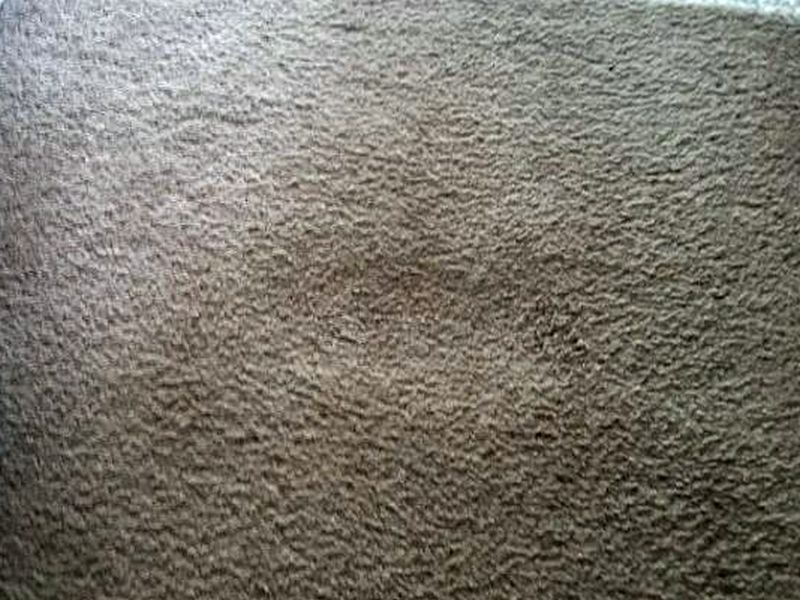
The carpeting is loose. This is a trip hazard. Secure or replace the carpeting.
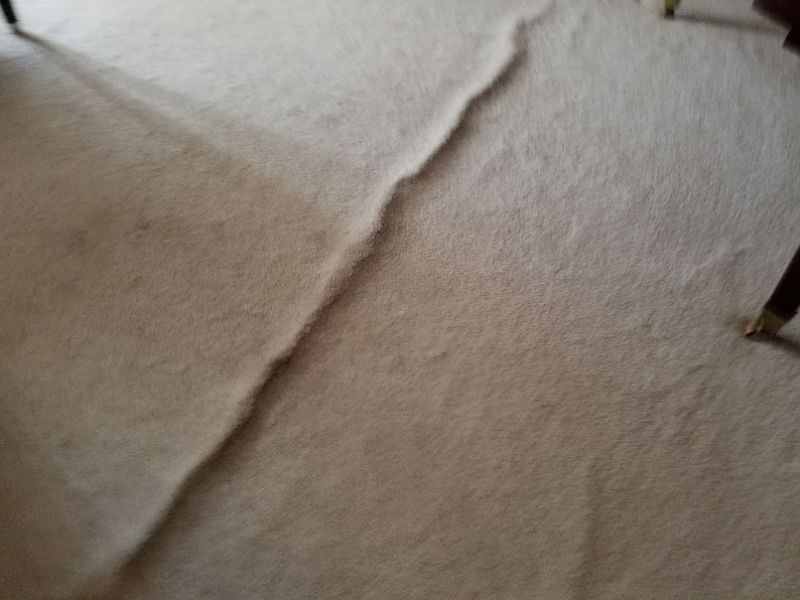
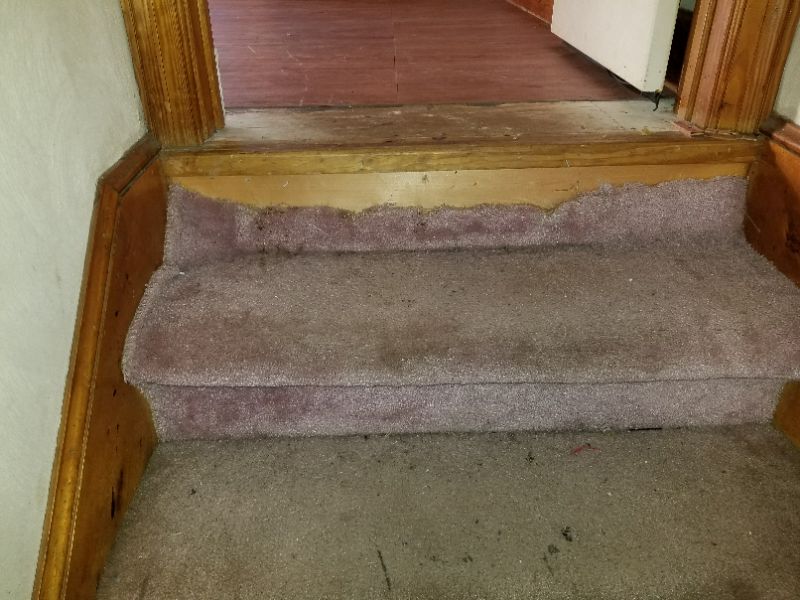
The carpeting is damaged. This is a trip hazard. Repair or replace the carpeting.
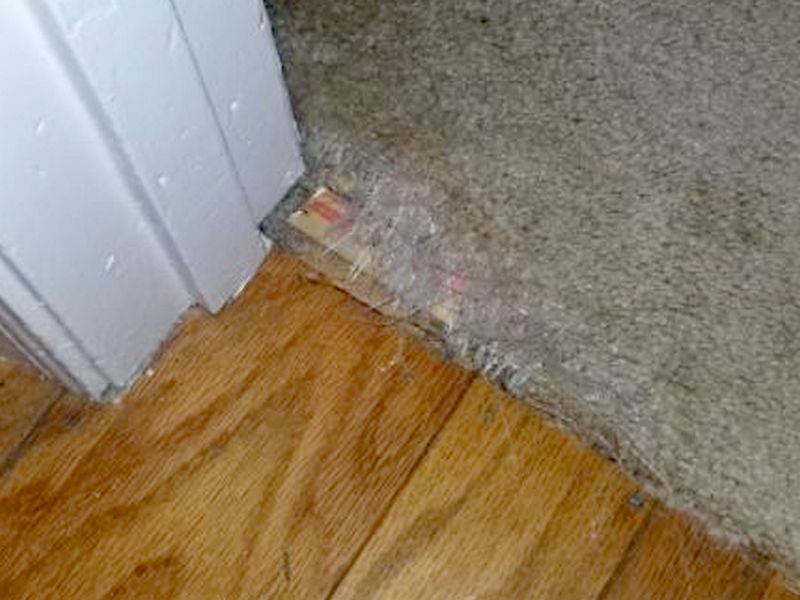
Infrared thermal imaging shows an area in the floor with likely water penetration. Testing with a moisture meter indicates high moisture content at the time of this inspection. There may be hidden damage. See the supplied infrared images. Hire a contractor for an evaluation and to make repairs as needed.
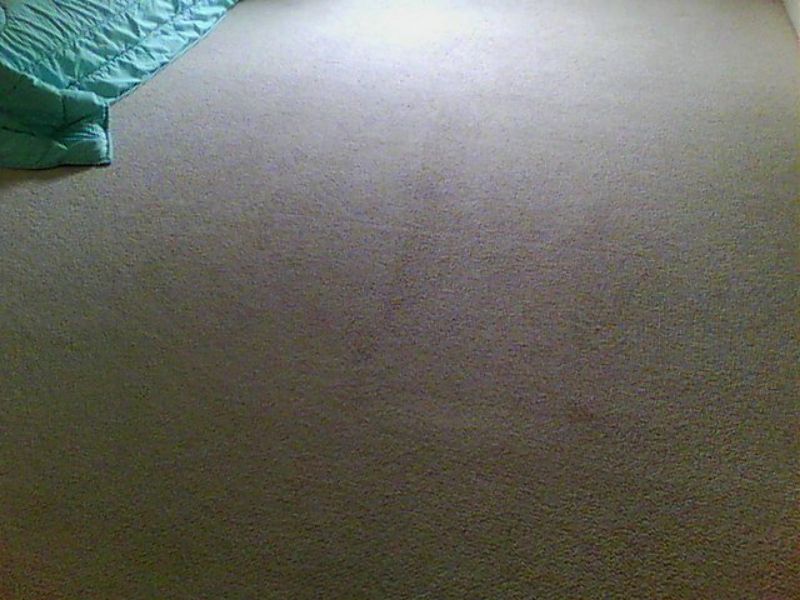
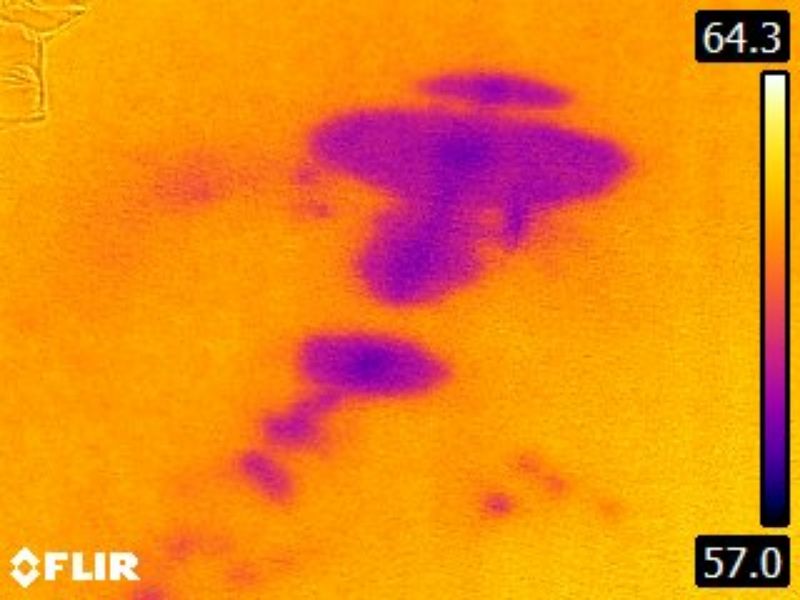
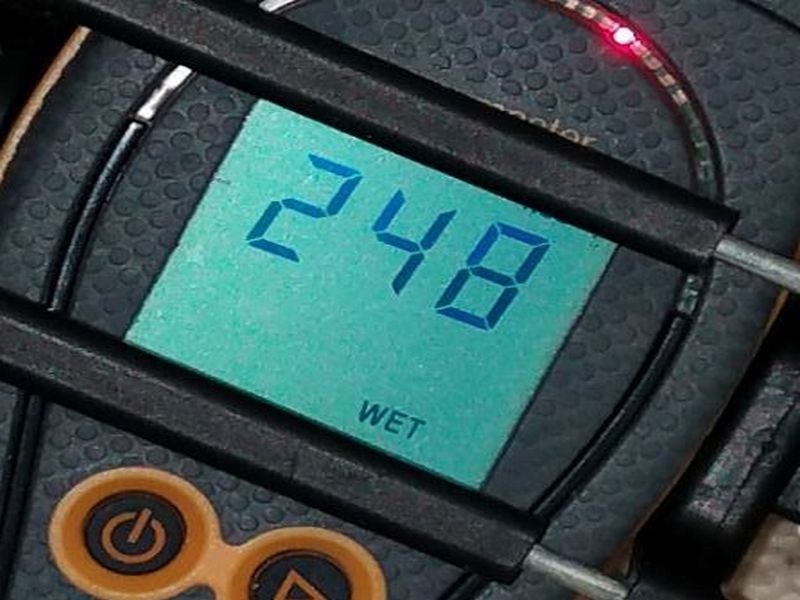
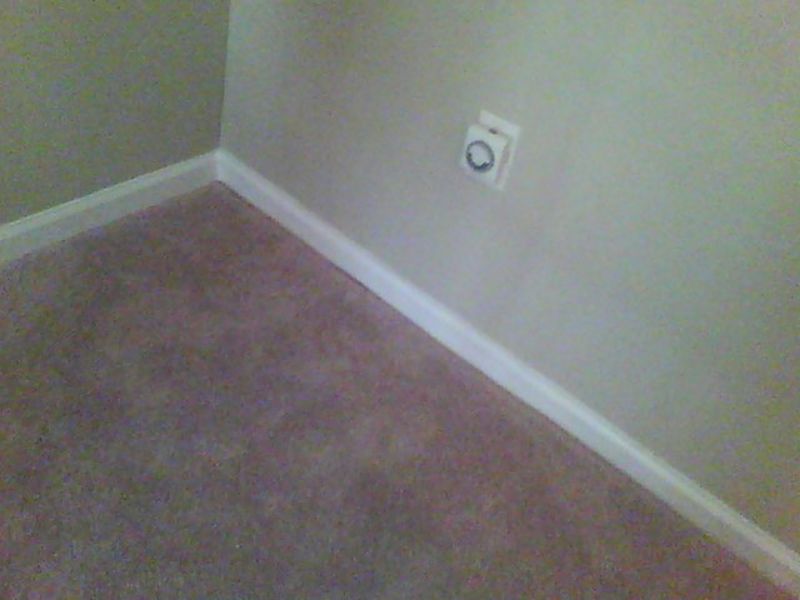
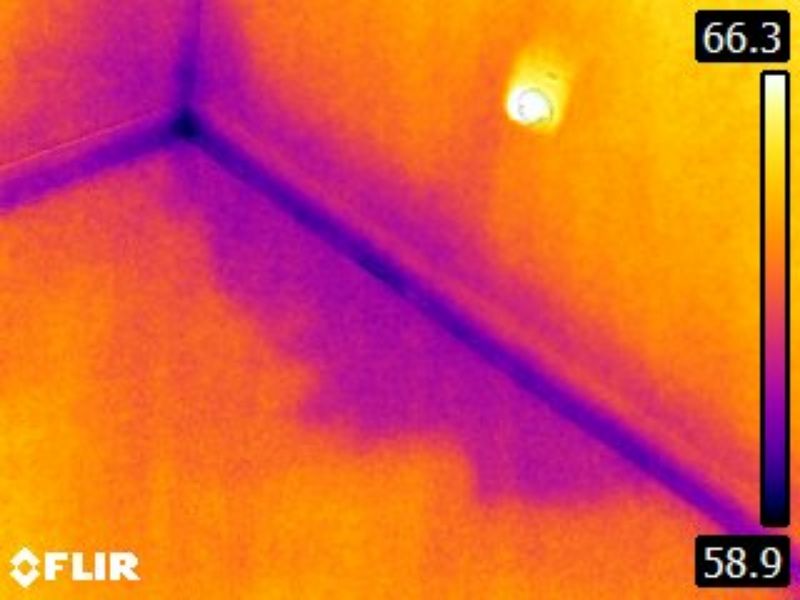
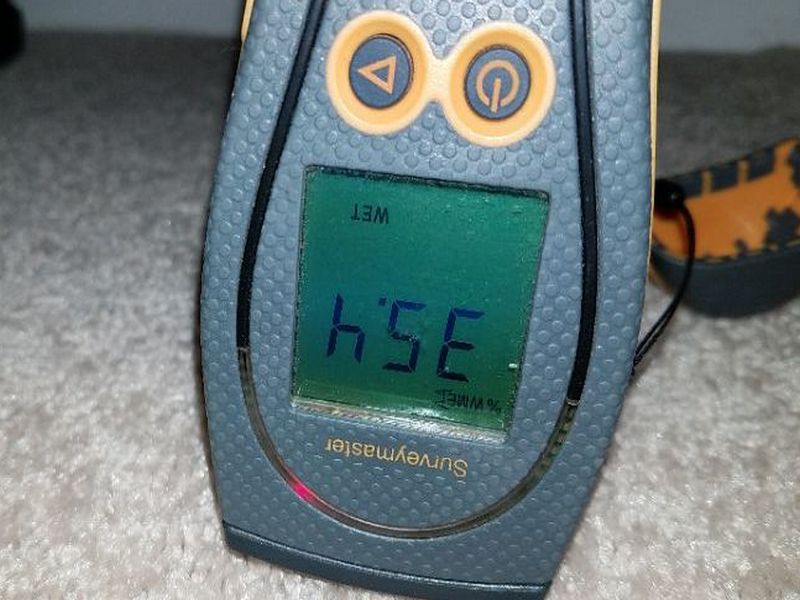
The flooring is damaged. Repair or replace the flooring.
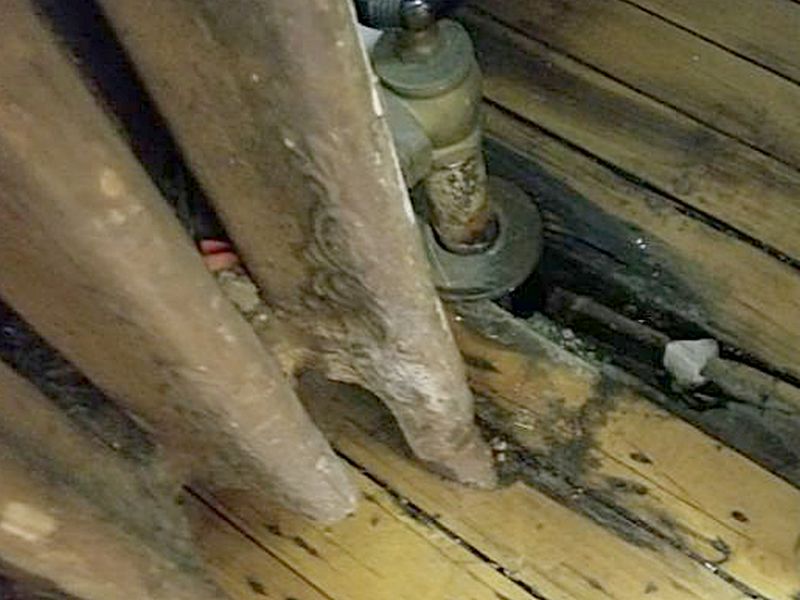
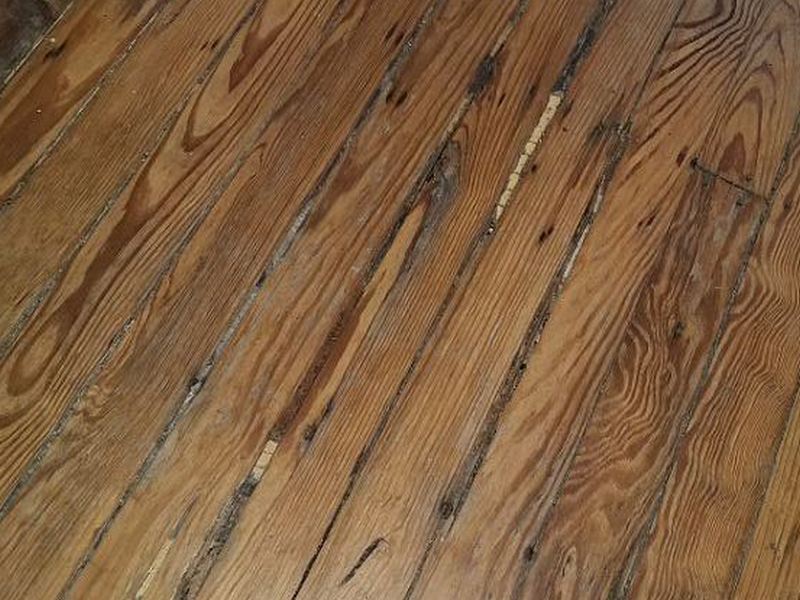
The laminated wood flooring is damaged and separating. This is a tripping hazard and can allow further deterioration. Hire a contractor to repair the floor.
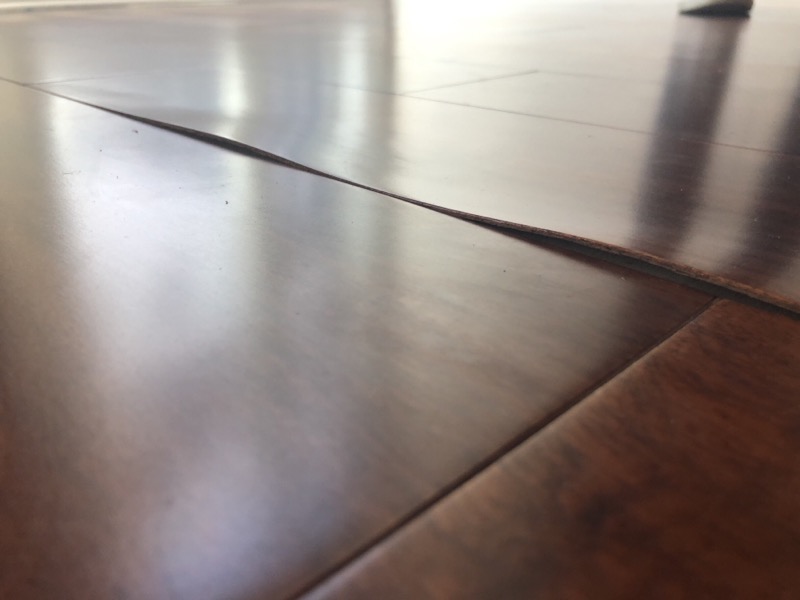
The wood flooring has been patched in an unworkmanlike manner. It is springy and uneven. Hire a contractor for repairs or replacements as needed.
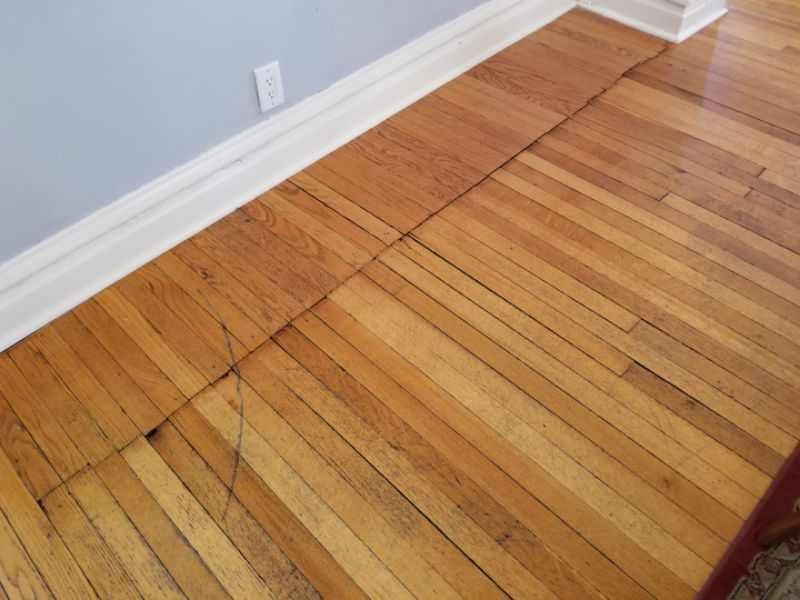
The wood flooring is curling at the edges. This implies chronic excess moisture is present, usually from a crawlspace or basement below the floor. Hire a contractor for an evaluation and repairs as needed.
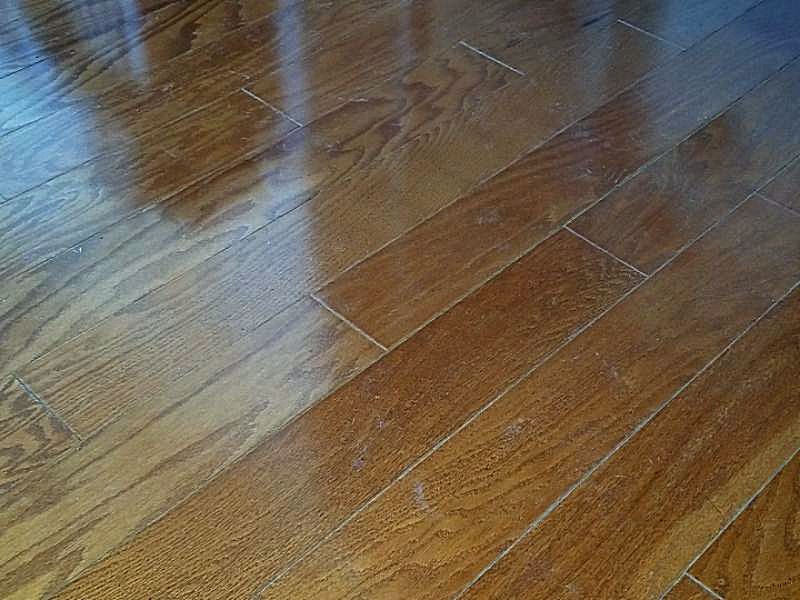
The wood flooring is damaged due to improper installation over a slab or dirt floor. Replace the flooring.
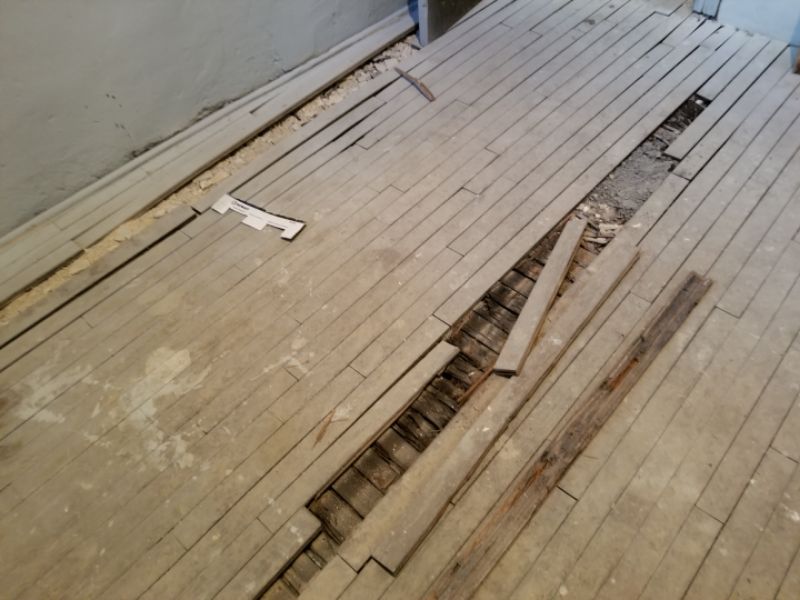
The flooring is water damaged. The source of the moisture, and whether this is an ongoing problem, cannot be determined. Hire a contractor for an evaluation and to make repairs as needed.
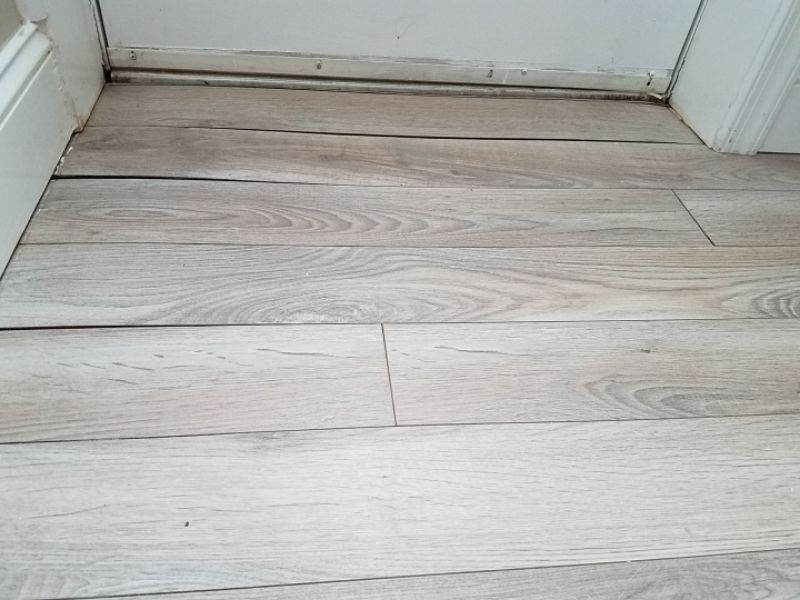
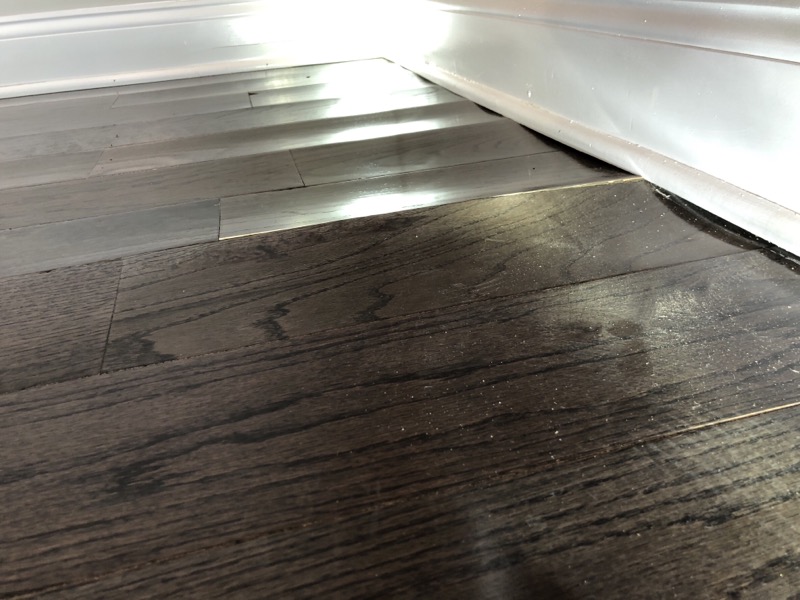
The laminate flooring is loose. This is a trip hazard. Hire a contractor for repairs as needed.
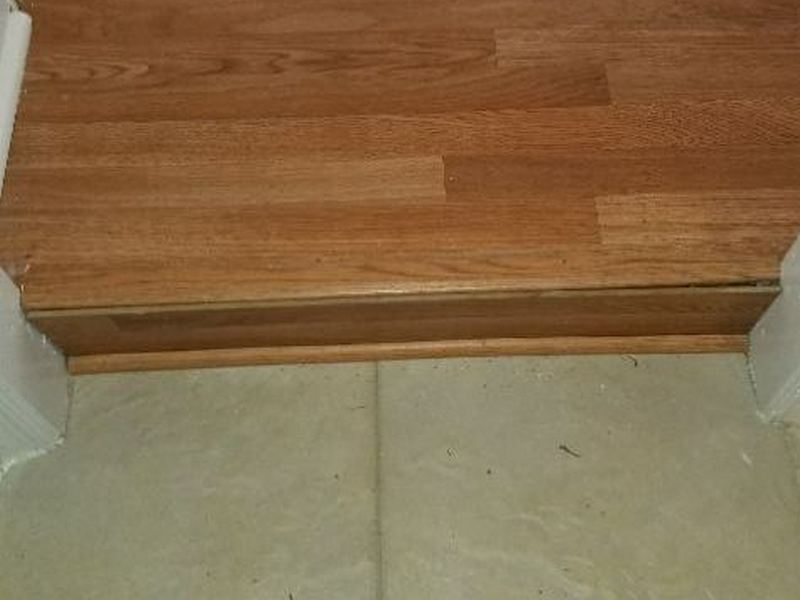
The laminate flooring is installed without an expansion gap at the wall termination. This is contrary to manufacturer guidelines, and will cause buckling. Hire a contractor for repairs as needed.
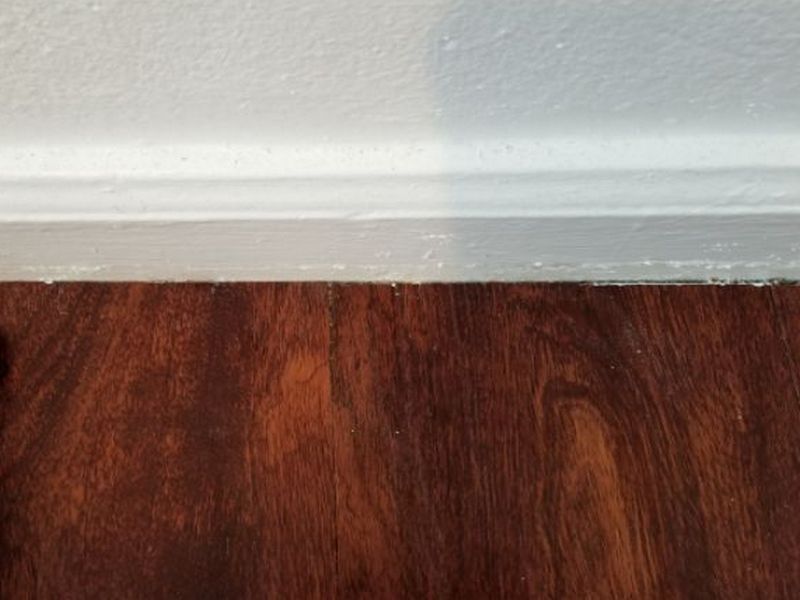
The laminate flooring is installed without a secured transition molding where the flooring changes or terminates. This is a trip hazard and can allow damage to the laminate. Hire a contractor for repairs as needed.
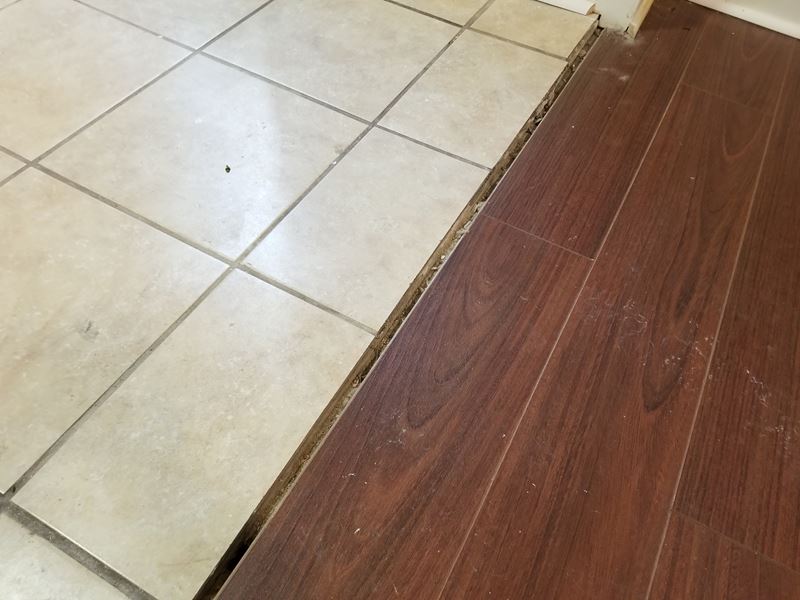
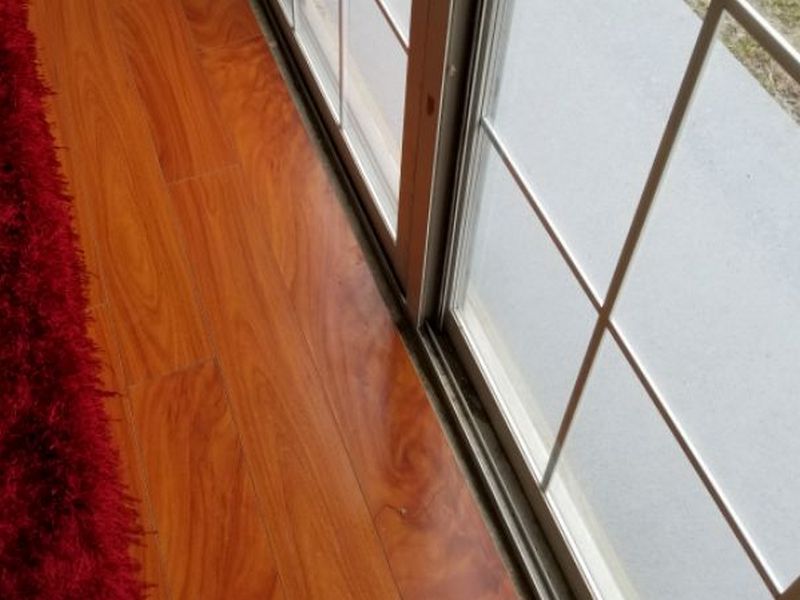
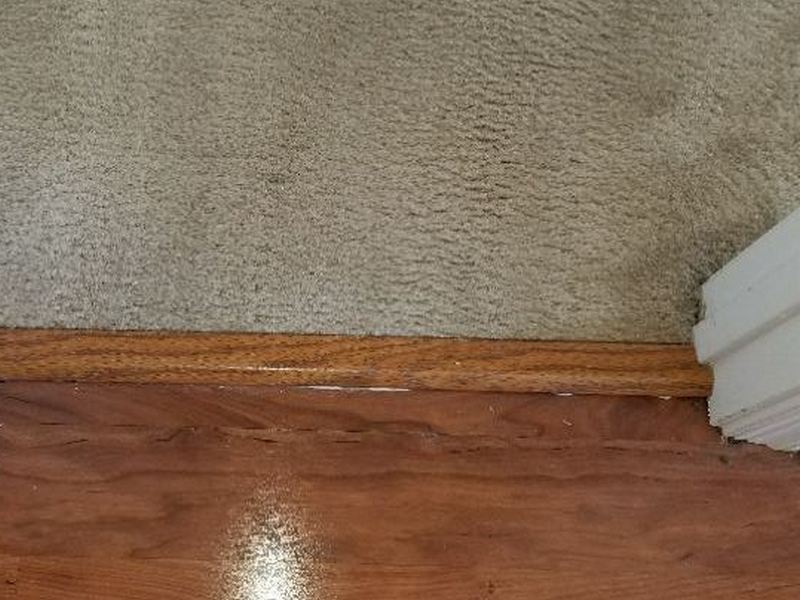
The laminate flooring is installed over a slab. Manufacturer guidelines prohibit this without specific testing of the sub-surface. If permissible, an underlayment must be used to prevent deterioration and failure. Hire a contractor for an evaluation and repairs as needed.
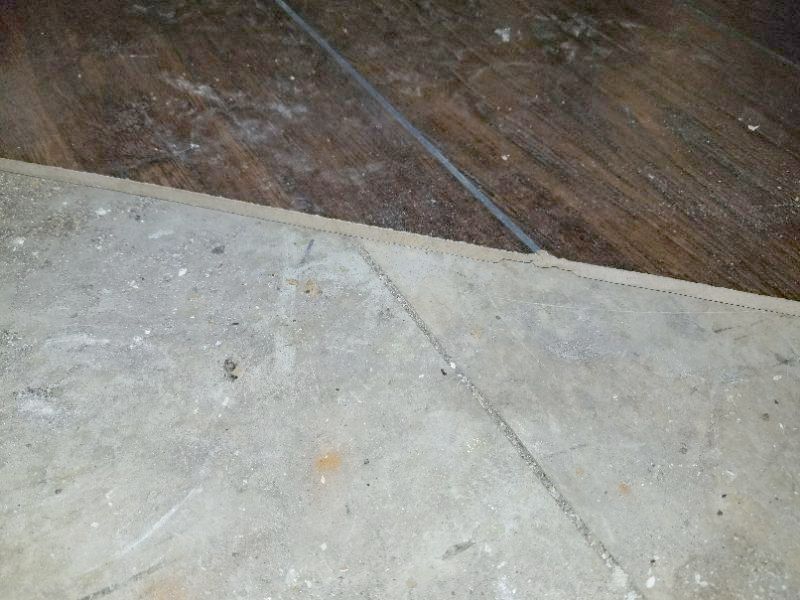
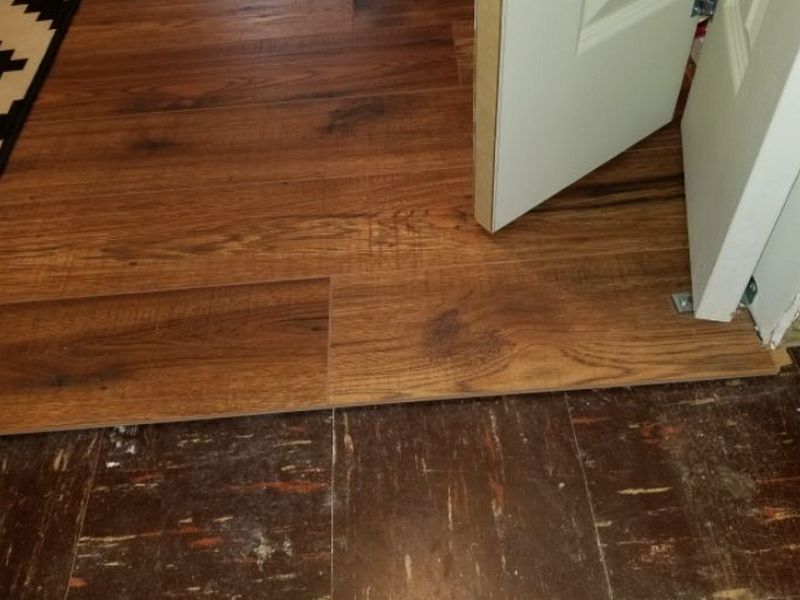
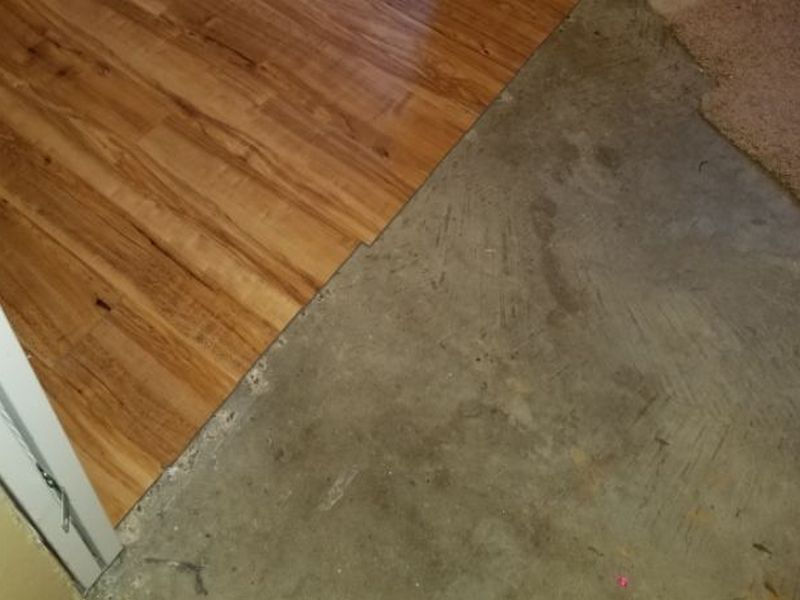
The laminate flooring is water damaged. The source of the moisture, and whether this is an ongoing problem, cannot be determined. Hire a contractor for an evaluation and to make repairs as needed.
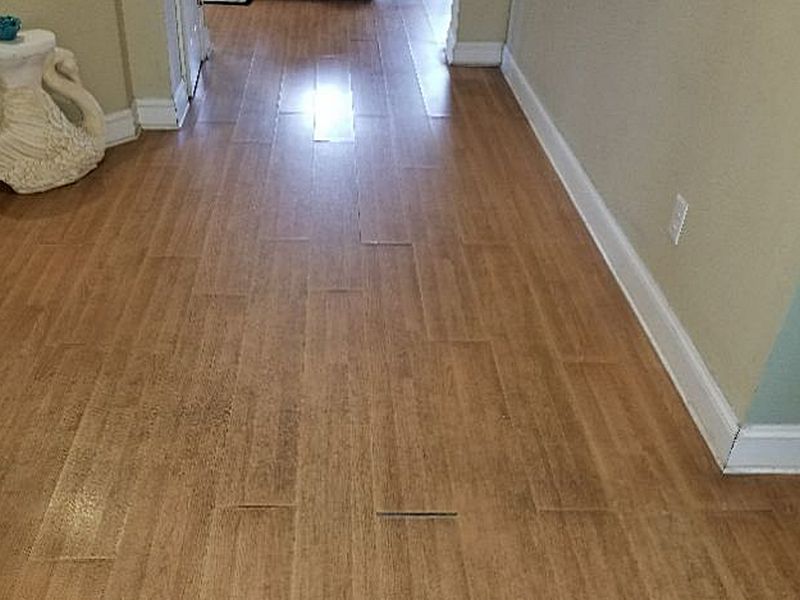
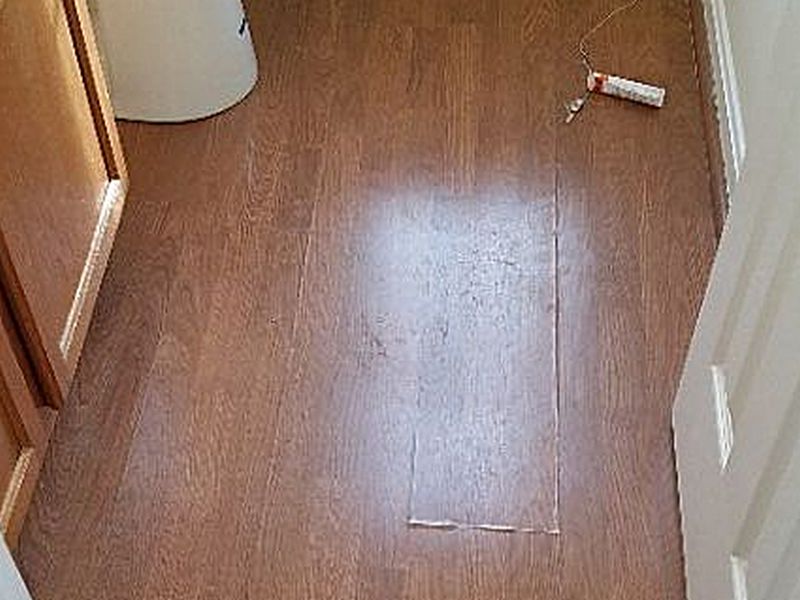
The laminate flooring is uneven and soft underfoot. The reason for this is unknown, but may be an installation error. Hire a contractor for an evaluation and to make repairs as needed.
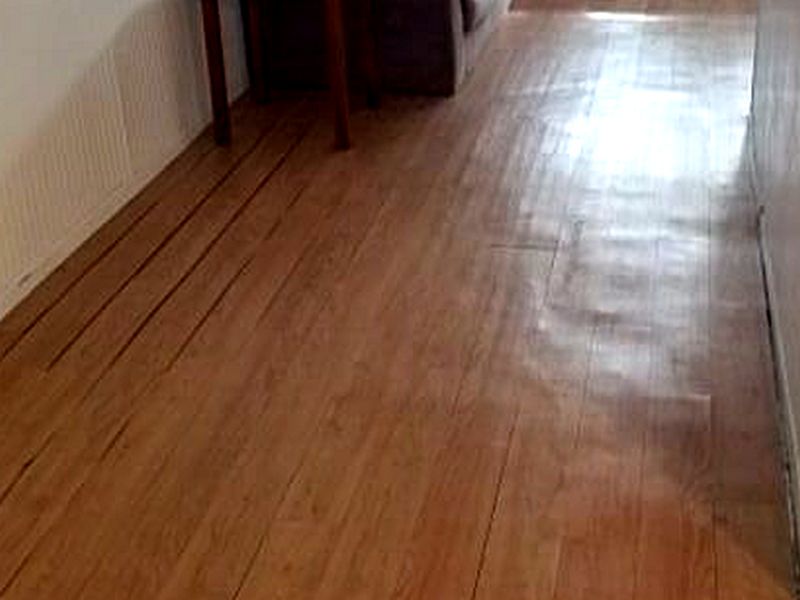
.
The vinyl flooring is loose or has gaps. This will allow water damage and continued loosening. Hire a contractor for repairs as needed.
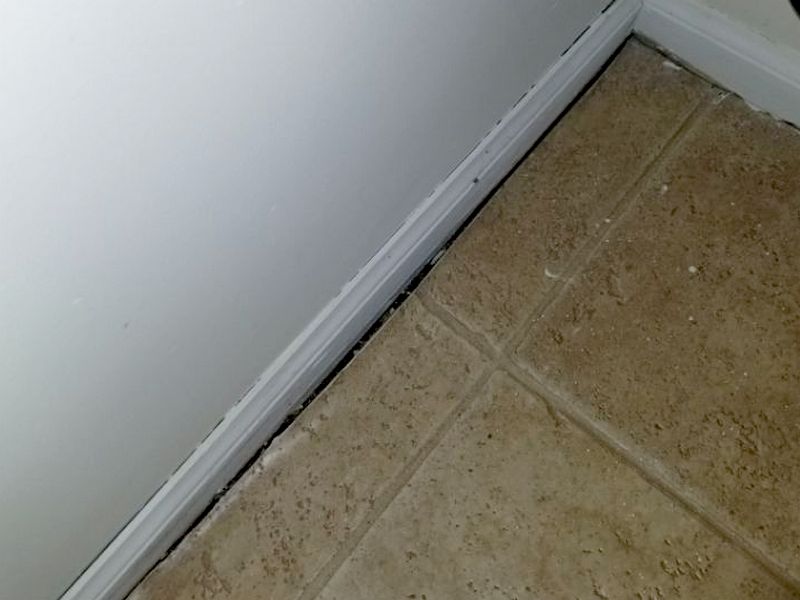
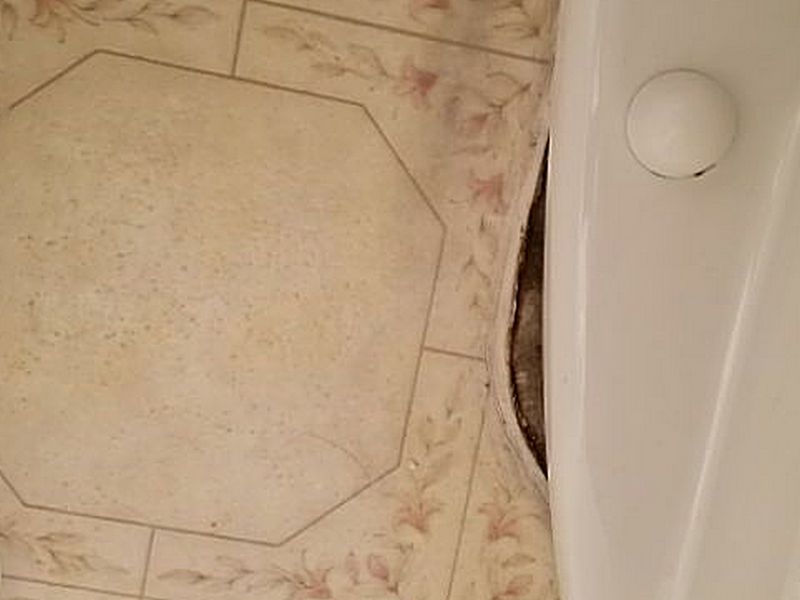
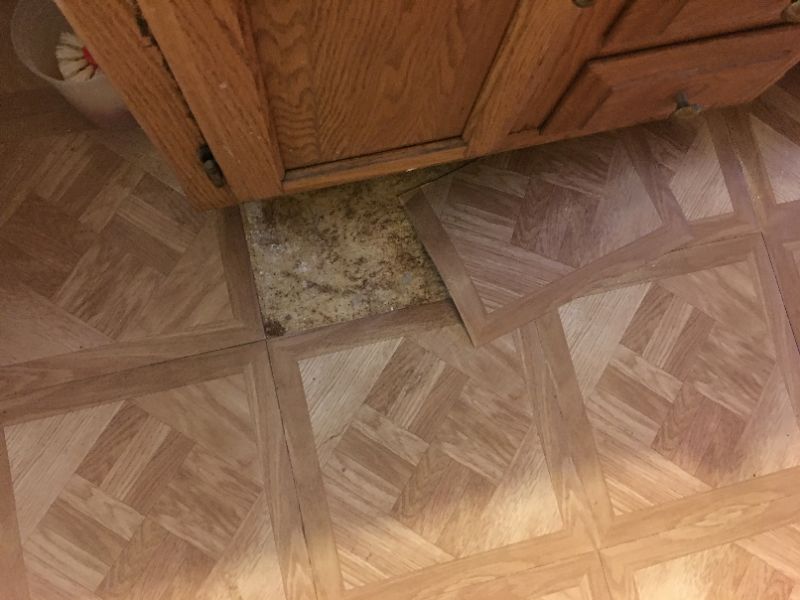
The seams in the vinyl sheetgoods are separating. This will allow water damage and additional damage. Hire a contractor for repairs as needed.
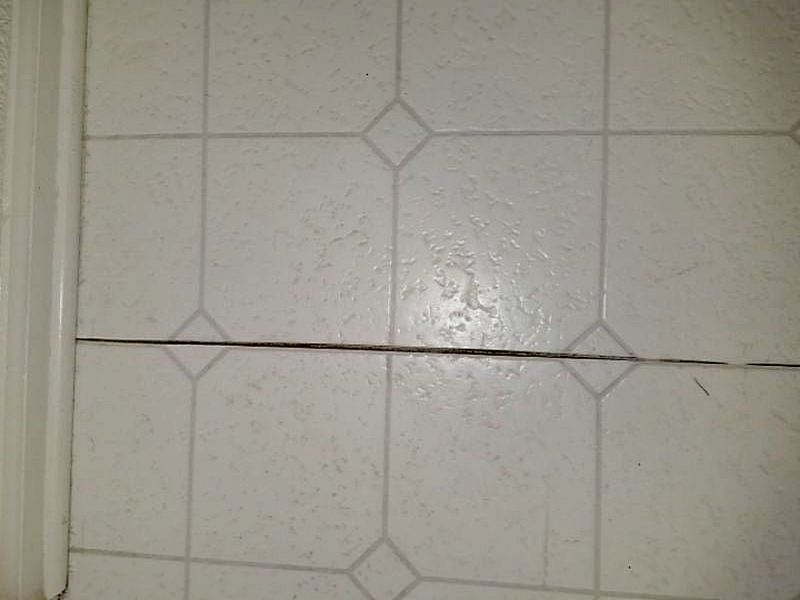
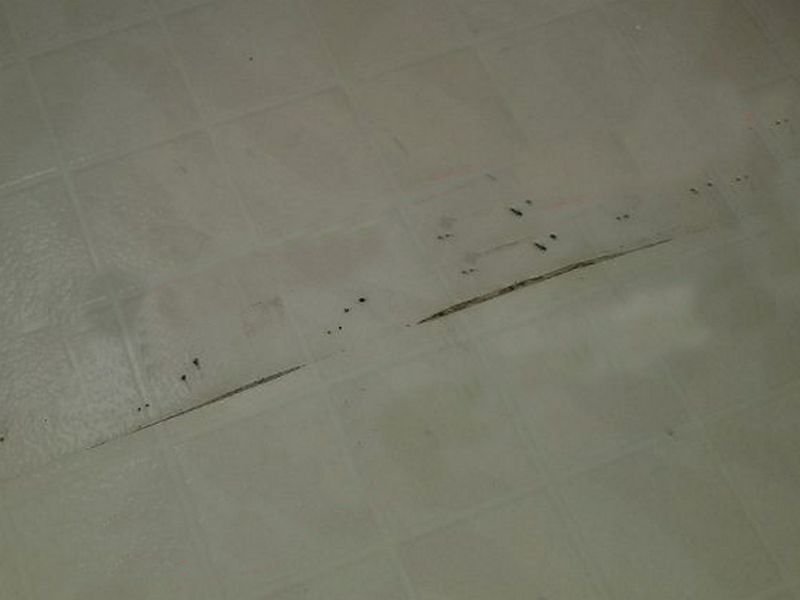
The vinyl flooring is damaged. This will allow water penetration and additional damage. Hire a contractor for repairs or replacements as needed.
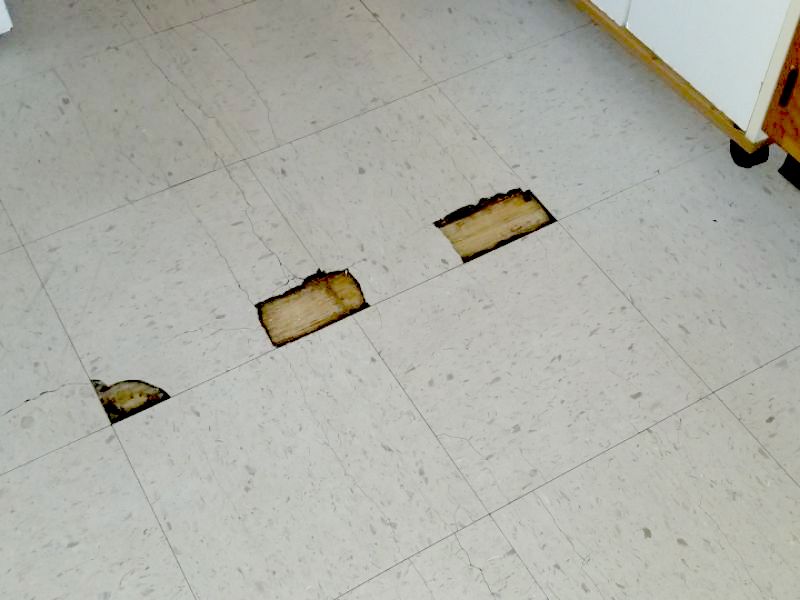
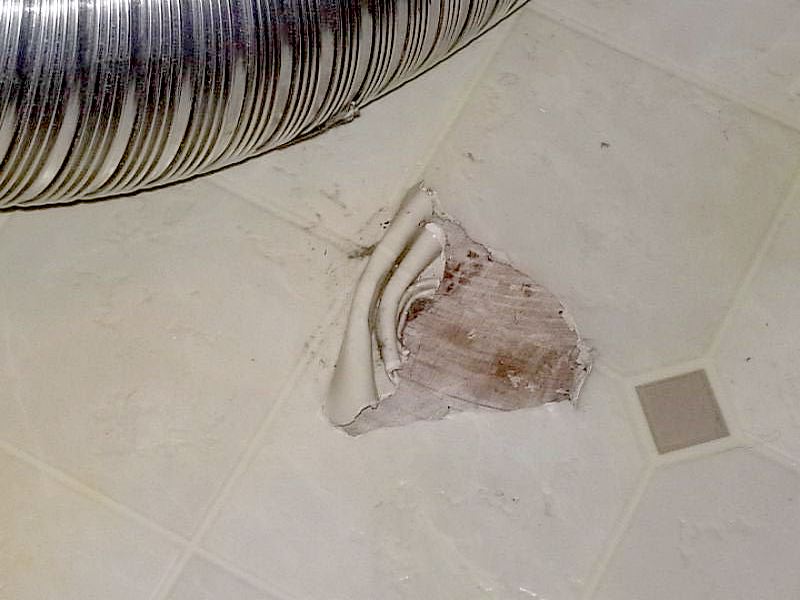
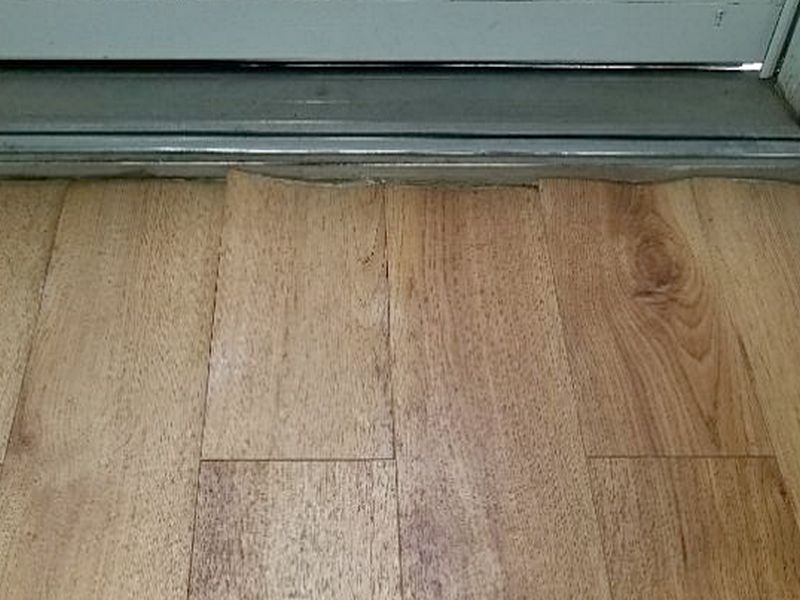
Infrared thermal imaging shows an area in the floor with likely water penetration. Testing with a moisture meter indicates high moisture content at the time of this inspection. There may be hidden damage. See the supplied infrared images. Hire a contractor for an evaluation and to make repairs as needed.
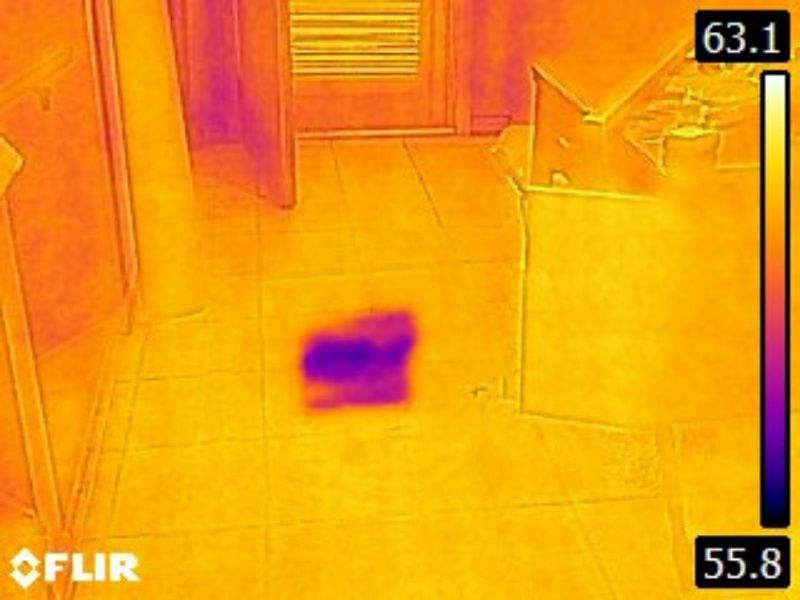
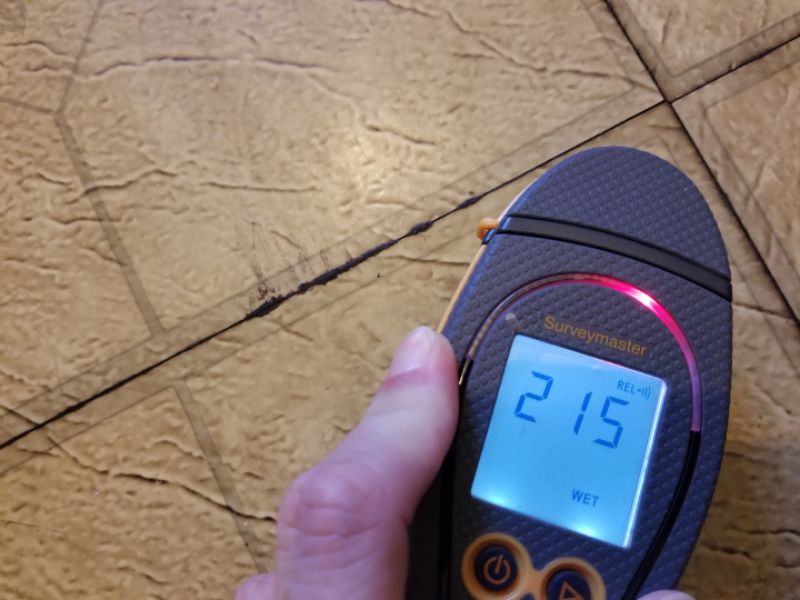
The floor tiles are missing grout. This will allow water penetration and deterioration. Regrout the tiles.
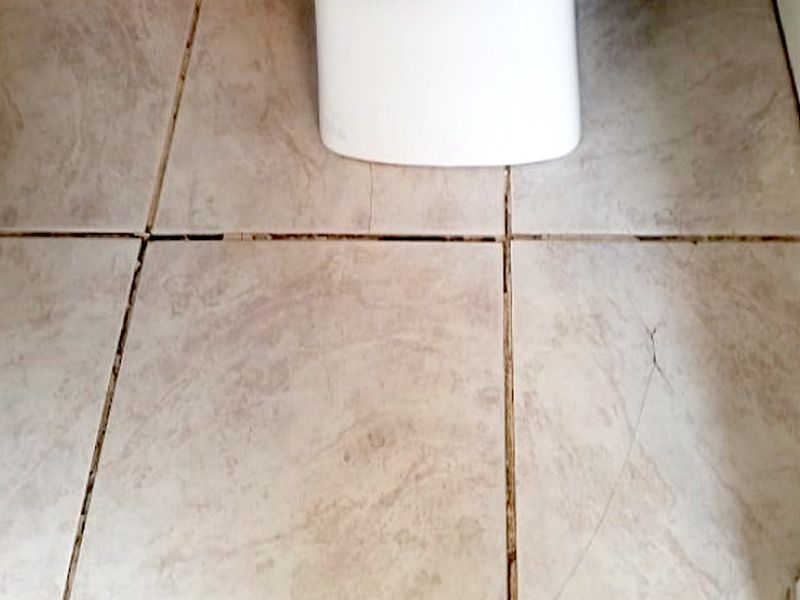
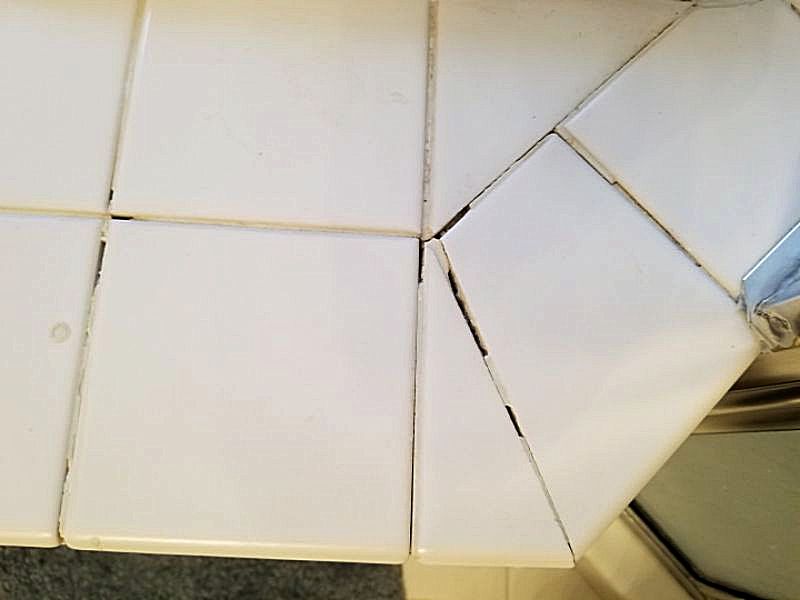
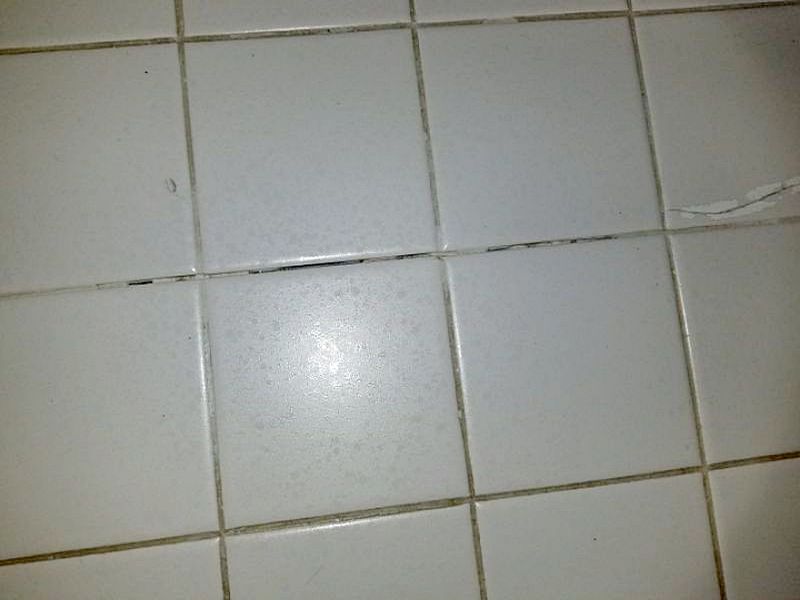
The floor tiles are cracked. This damage will likely progress and cause tiles to loosen and come up. Repair or replace the tiles.
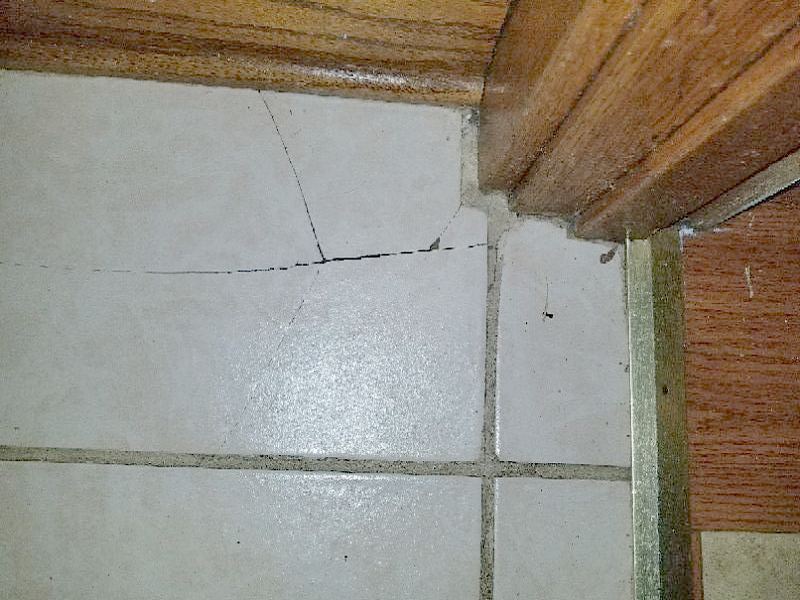
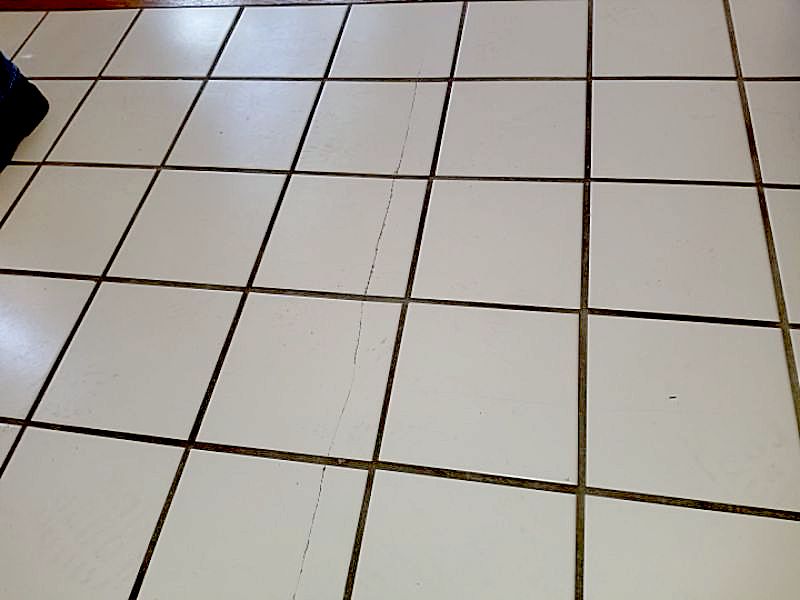
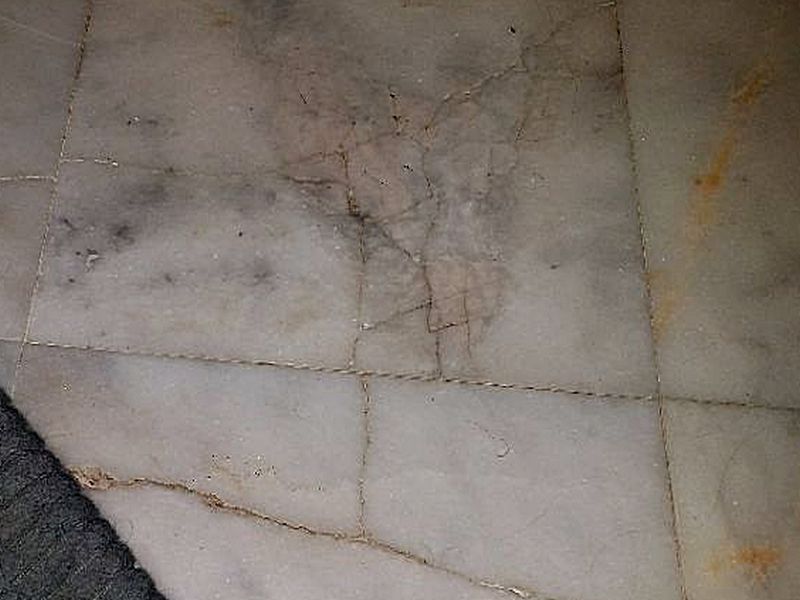
The floor tiles are loose, as apparent by lightly tapping the surface. This reveals tiles that are not bonded to the subfloor. These tiles will move, have grout breakage, crack, and come up. Repair or replace the tiles.
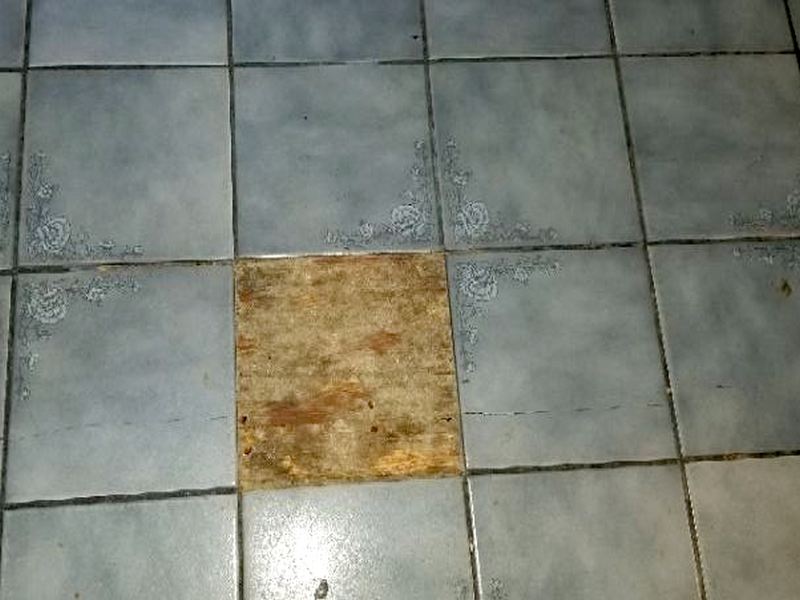
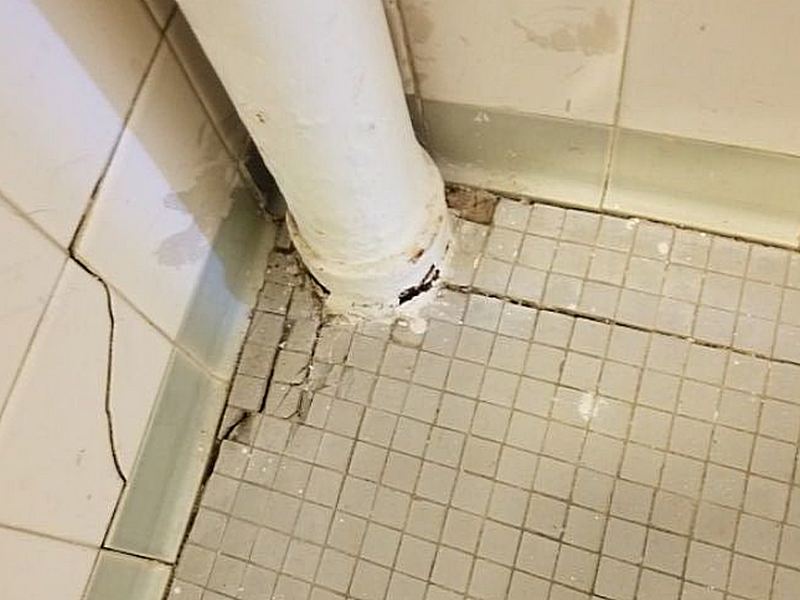
The tile floor is deteriorated. Repairs would not be practical or reliable. Replace the tile floor.
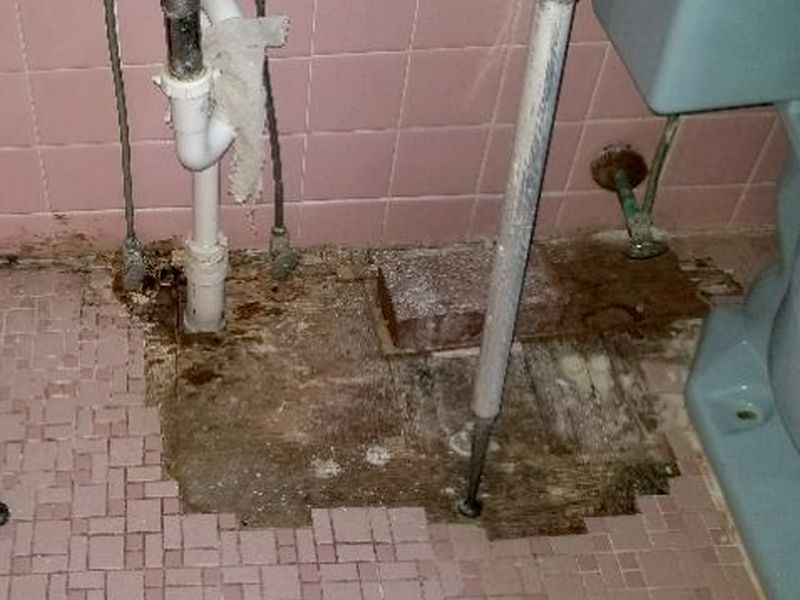
The concrete floor is cracked and damaged. This can be a tripping hazard and may allow further deterioration. Repair the floor.
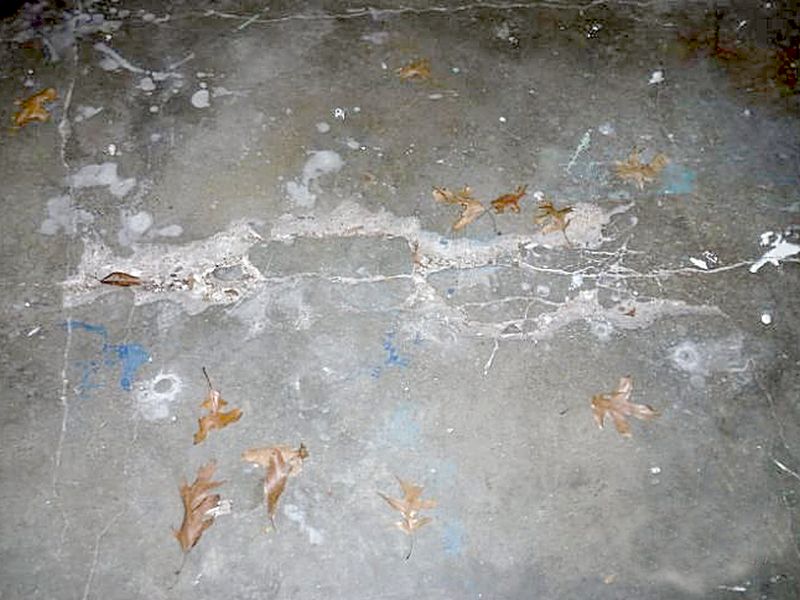
Pavers in the masonry floor are missing. This is a tripping hazard and can allow further damage. Repair the floor.
